Boryeong Mud Museum (보령머드박물관)
9.0 Km 15181 2018-10-18
897-15, Daehae-ro, Boryeong-si, Chungcheongnam-do
+82-41-931-4021
Boryeong Mud Museum is comprised of a mud shower booth, mud massage room, mud-related exhibition and hands-on programs as well as mud cosmetics. It is located in front of Daecheon Beach, making it convenient to visit after spending time on the beach. Visitors can enjoy various cosmetics and health-related experiences.
Daecheon Beach (대천해수욕장)
9.1 Km 110057 2024-06-04
123, Meodeu-ro, Boryeong-si, Chungcheongnam-do
The area around Haesuyokjang 4-gil in Chungcheongnam-do is Daecheon Beach. It is the largest beach on the West Sea, and there have been resort complexes for international visitors since the 1930s. The white sand beach is 3.5-kilometer long and 100-meter wide, its slope is gentle, and the sand is clean. The sunset over Dabodo Island is especially beautiful. There are two zones of beach in Daecheon: Sunset Plaza and Mud Plaza, and each area offers a unique entertainment in summer. Annually, the Boryeong Mud Festival attracts Koreans and international tourists with a variety of events with the theme of Boryeong’s mud, including the Mud Checkpoint and Mud Discotheque. At the end of the beach is the Boryeong Mud Experience Center, where mud sauna, mud ondol room, mudpack, and mud massage are available. Daecheon Beach also offers activities of its own, such as Daecheon zip trekking and Sky Bike, a marine rail bike that passes over Daecheon Beach and Daecheon Port.
Buyeo Muryangsa Temple (무량사(부여))
9.2 Km 25467 2021-11-12
203, Muryang-ro, Buyeo-gun, Chungcheongnam-do
+82-41-836-5066
Muryangsa Temple, located at the foot of Mansusan Mountain in Buyeo-gun, Chungcheongnam-do, is said to have been built during the reign of Silla King Munmu by national preceptor Beomil. Geungnakjeon Hall can be seen after passing through Sacheonwangmun Gate, recognizably the best location for taking in the beauty of Muryangsa Temple. The temple grounds hold the Two-story Geungnakjeon Hall, Five-story Stone Pagoda, and Stone Lantern, all in a row.
The temple is also famous for being the place where Kim Siseup, one of the Saengyuksin (Six Loyal Subjects of the Joseon dynasty), spent his last few days before death. Visitors can see his portrait inside the temple. Although the temple site is included in Buyeo-gun’s administrative district, it is located closer to downtown Boryeong.
Sanghwawon (상화원)
9.9 Km 0 2024-04-01
408-52 Nampobangjoje-ro, Nampo-myeon, Boryeong-si, Chungcheongnam-do
Sanghwawon is a traditional Korean garden that was created to protect Jukdo's natural environment. The name bears the meaning "reverence for harmony." A covered corridor of 1 kilometer in length surrounds the island, and it is said to be the longest in the world. Sanghwawon has various facilities, including the Uigokdang Shrine believed to have been built in the early Joseon dynasty, a hanok village, Panseok Plaza, and Sky Garden. Panseok Plaza is made of black sandstones, a specialty of Boryeong. With the x_height of a three-story building, Sky Garden offers a sunset view over the West Sea from high above.
Sanghwawon also has an accommodation facility with about 20 rooms decorated in a modern style, and is situated in a high location, so guests can admire the beautiful scenery of Sanghwawon outside the room. After the show "Young Actors' Retreat (2022)" was aired, the accommodation became popular as the place where the celebrities stayed.
Boryeong Jukdo Island (죽도 (보령))
10.0 Km 42429 2021-06-02
408-54, Nampobangjoje-ro, Boryeong-si, Chungcheongnam-do
+82-41-932-2023
Although called Jukdo Island, the island today is technically not an island as it has been connected to the mainland since the construction of Nampo Embankment in 1999. Along the entrance of the island are many fresh hoe (sliced raw fish) restaurants lining the street. This unpopulated fishing island is also called Daeseom (Bamboo Island) for its dense groves of bamboo trees.
Boryeong Eunhaeng (Ginkgo) Village (보령 은행마을)
10.7 Km 2247 2015-01-20
150-65, Oseosan-gil, Cheongna-myeon, Boryeong-si, Chungcheongnam-do
+82-70-7845-5060
In Boryeong-si, Chungcheongnam-do, Boryeong Eunhaeng (Ginkgo) Village is filled with ginkgo trees. It is also called “Cheongna Eunghaeng Maeul” (청라 은행 마을) and “Green Rural Tourism Village” (녹색농촌체험마을).
Upon entering the village, murals can be seen, which are enhanced by ginkgo trees throughout the village, particularly in autumn when they change a dazzling yellow.
The village uses Janghyeon Elementary School, which closed in 1991, as a market place and local experience venue. Permanent hands-on programs and seasonal countryside activities, making a mosaic with ginkgo leaves, and shaking and gathering ginkgo leaves are also available.
Chungcheong Suyeongseong Fortress in Boryeong (보령 충청수영성)
11.8 Km 28813 2024-02-21
Chungcheongsuyeong-ro, Ocheon-myeon, Boryeong-si, Chungcheongnam-do
Chungcheong Suyeongseong Fortress in Boryeong is a stone fortress built by the Joseon dynasty (1392-1897) in the 16th century to defend against invasions through the Hwanghae Sea. It offers a picturesque view of the Hwanghae Sea and several islands. The entrance to the fortress, called Manghwamun Gate, showcases stone artistry with its polished granite arch. This site also has historical significance as a place where Catholic persecution occurred in the 19th century.
Ocheon Port (오천항)
11.9 Km 39628 2024-02-21
Soseong-ri, Ocheon-myeon, Boryeong-si, Chungcheongnam-do
Ocheon Port is located in the northern part of Boryeong-si, where the Hwanghae Sea and Gwangcheoncheon Stream meet. It was once an important regional administrative center during the Joseon dynasty (1392-1897). Today, the port still retains its function, and visitors can explore and purchase various seafood caught in the Hwanghae Sea at the market. Ocheon Port Ferry Terminal operates ferry services to nearby islands such as Woldo Island and Yukdo Island.
Oseosan National Recreational Forest (국립 오서산자연휴양림)
13.0 Km 11305 2022-07-22
531, Oseosan-gil, Boryeong-si, Chungcheongnam-do
+82-41-936-5465
Oseosan National Recreational Forest was opened on September 22, 2001 around Myeongdaegyegok Valley in Boryeong-si, Chungcheongnam-do. The area is separated from the city area, making it perfect for peaceful retreats into nature. There is a training center and many walking paths through the forest. The trail leading to the summit of Oseosan Mountain is popular among families and couples for its view of the sunset.
Cheongyang Daracgol Julmudeom Holy Site (청양 다락골 줄무덤 성지)
13.1 Km 8051 2020-06-25
78-6, Darakgol-gil, Cheongyang-gun, Chungcheongnam-do
+82-41-943-8123
Julmudeom refers to the unmarked graves of anonymous Catholic martyrs in Darakgol, Cheongyang in Chungcheongnam-do. Darakgol is also the birthplace of St. Choi Gyeong-hwan and Choi Yang-eop (the second Catholic priest in Korea) was also martyred in Gwacheon, Gyeonggi-do. Because the grave is of more than one individual, it was given the name Julmudeom (group graveyard).
Although the exact number of martyrs and their exact cause of death is unknown, they were buried by family resulting in the 37 mounds in three sections. In 1982, Cheongyang Cathedral established monuments to commemorate the unidentified martyrs, and Julmudeom became a well-known site for Catholic pilgrimages. In 1986, the remains of St. Choi Gyeong-hwan Francisco were relocated to the Jeoldusan Martyrs’ Shrine reducing the total number of mounds at Julmudeom to 36.

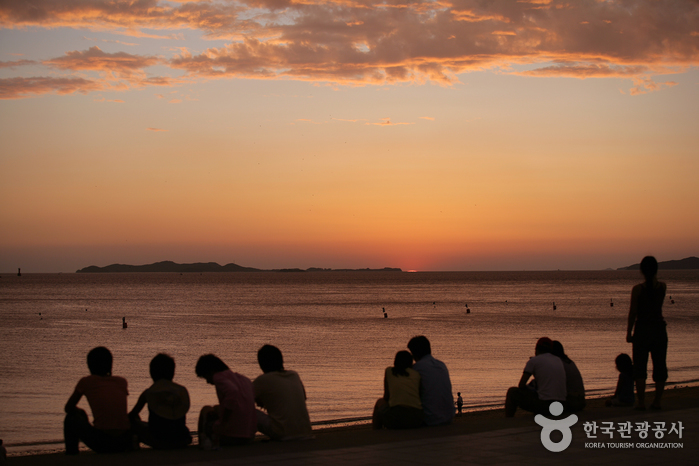
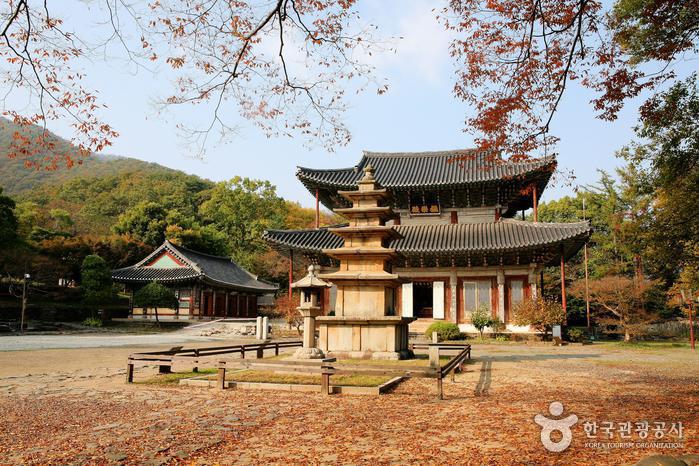
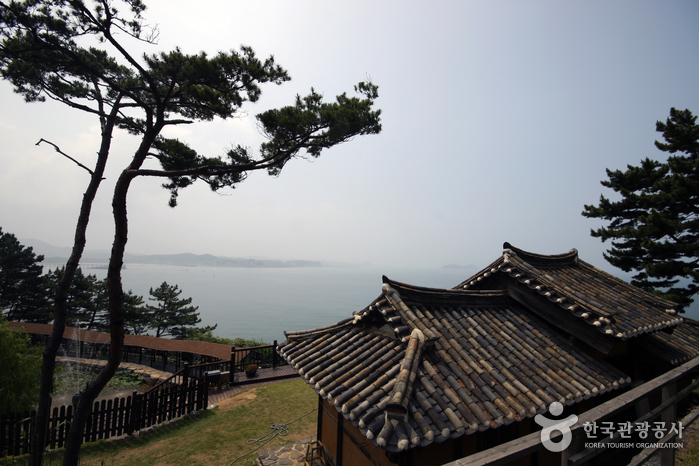
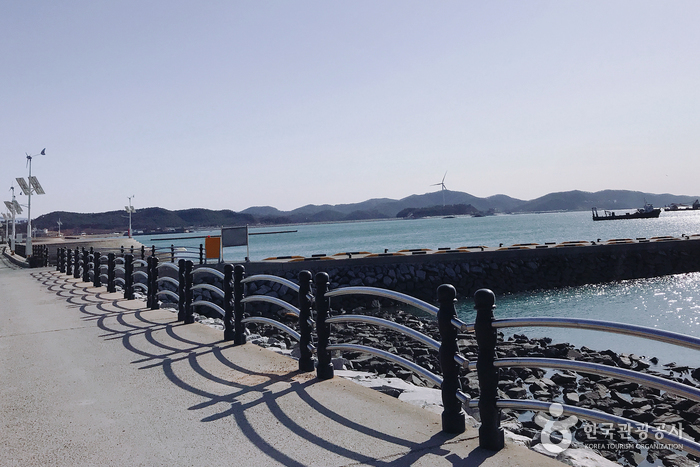
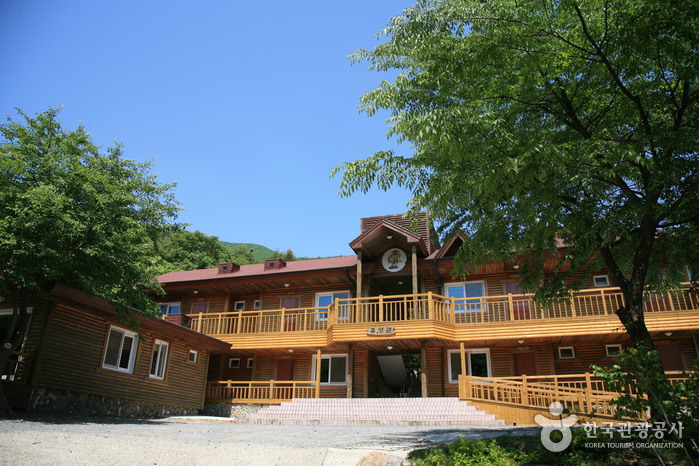
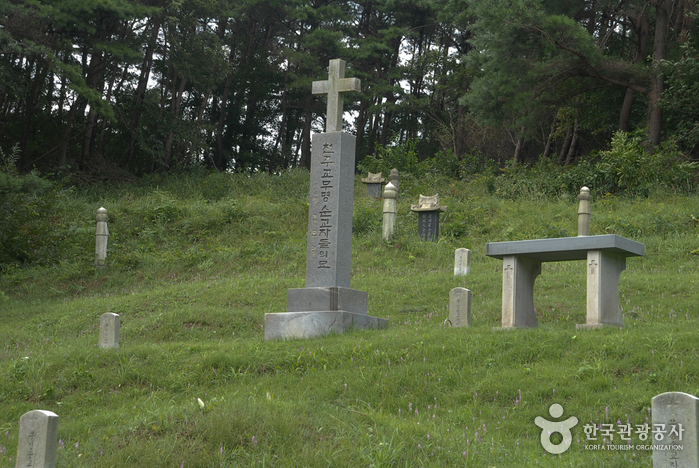
 English
English
 한국어
한국어 日本語
日本語 中文(简体)
中文(简体) Deutsch
Deutsch Français
Français Español
Español Русский
Русский